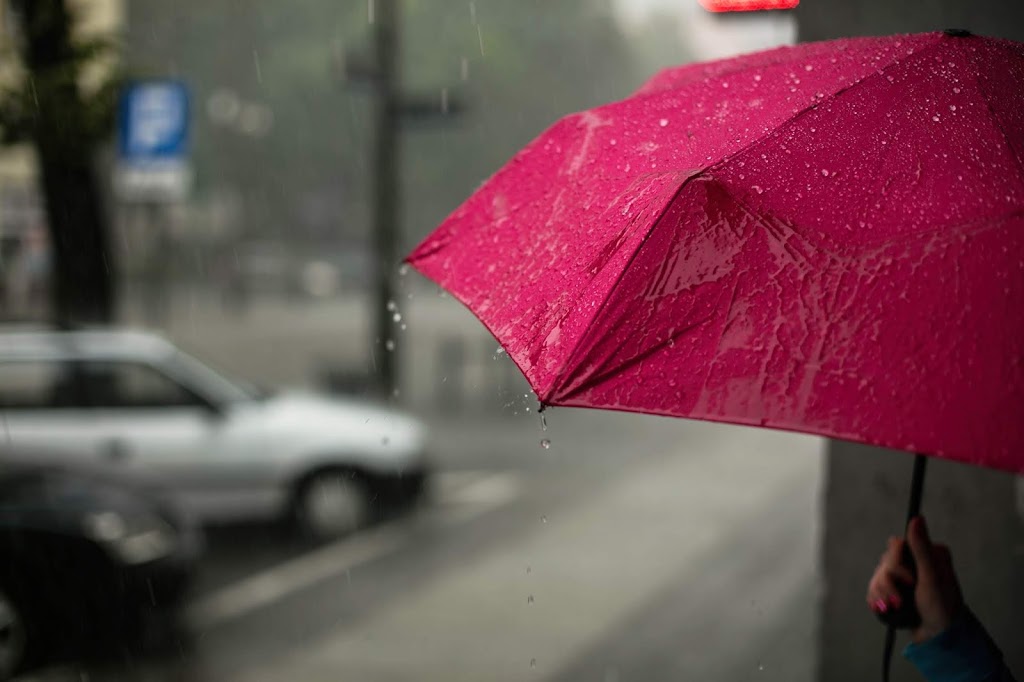The recent local council elections saw a surge in votes for parties who placed environmental issues high on their manifesto, explains Brian Brookes, our Risk Manager. Also recent environmental incidents have hit the headlines, mainly due to the effects of devastating floods, some of which have occurred in areas not previously considered to be “at risk”.
Floods
In the past, flood and storm events were generally the result of climatic and seasonal fluctuations, with heavy rainfall, snow and tidal surges occurring in the autumn and winter. With unseasonal heavy rainfall, the UK is now experiencing significantly more events in the spring and summer. On a bank holiday weekend in May 2018, a heavy downpour in the Northamptonshire postcode area of NN4, caused substantial losses particularly on one Industrial estate impacting 30 different businesses. The effects can sometimes be exacerbated by increased building that reduces water run-off areas, less investment in flood defences resulting from cuts in public spending, and a rising water table level as a consequence.
Consequences
The impact of storm and flood on property and infrastructure is widely known, due to the abundance of incidents over the past 10 years. The significant challenges for affected councils include:
- Repairing roads, walls and bridges
- Maintaining continuity of services
- Providing short term, longer term or even permanent re-housing for displaced residents
- Communicating progress and developments with your communities.
Health & Safety
In addition, councils have to deal with health and safety concerns. The influx of contaminated water into properties means that preparing these properties for rehousing is more than just a matter of “drying out” the property. If the contamination is severe, it may not be possible to clean and complete replacement of walls and floors may be necessary.
Other environmental risks you should be aware of:
Wind turbines
There is no conclusive evidence that wind turbines present a health risk to people despite reports of “wind turbine syndrome” (linked to low frequency noise). Perhaps more to the point is that councils may risk allegations of unnecessarily blighting the landscape and contributing to environmental damage associated with bird and bat collisions that can occur with turbines
Solar panel fires
Councils are under pressure to build sustainably but a number of recent solar panel fires in schools suggest that it may be wise to wait before investing in this type of environmental technology.
Potholes
The road networks are deteriorating at a faster rate than current funding permits authorities to maintain standards, with recent severe weather exacerbating the problem. Councils need to prioritise long-term demands for highway maintenance to minimise costs and deliver value for money.
Sinkholes
The sustained and heavy rainfall of the last two years with the associated rise in the water table resulted in the opening of a number of sink holes and subsidence. Sinkholes tend to occur where the composition of the underlying ground, for example, limestone, gypsum or chalk, may mean that an influx of water can cause a void. When granting planning permission for developments over such areas a geological survey should be considered.
Subsidence
2018 was considered to be an “event year” in respect of subsidence damage due to the long sustained period of hot weather. With insurers targeting local councils to recover their outlay if they consider the council owned trees are responsible for the damage, a tree management plan and having public liability insurance will become more of a necessity.





